When many people opt for a house extension, they are invariably hoping for a little more living space, and to add light and air to the heart of the home.
And then, there are others; the showstoppers who add serious wow factor, and an invigorating helping to modernity, into an otherwise ordinary home.
Now in their 31st year, the RIAI (Royal Institute of Architect of Ireland) Architecture Awards doff a cap to excellence in Irish design. Each project is unique, and nominated for its intelligent and innovative response to the original brief.
Among the 33 shortlisted properties for the 2020 RIAI Public Choice Awards, the public are asked to consider the adaption of the former Guinness Power House in Dublin; a health spa in Dublin; Cork's Butter Museum; an Interpretation Project at Kylemore Abbey in Galway; and a community project in Dublin.
Among the domestic projects, there are four house extension/refurbishment projects that are a cut above the average refit and there’s likely to be considerable interest in the different angles used by architects to add space and bring light into a variety of homes.
The team at Ryan W. Kennihan Architects have two house refurbs on the shortlist. Within a Victorian semi-detached house in Terenure's Kenilworth Park, lies a collage of disparate elements, all under a simple white timber beam.
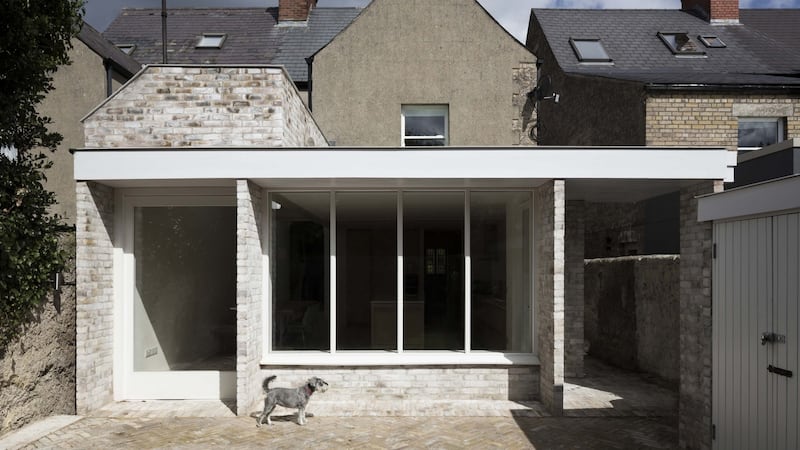
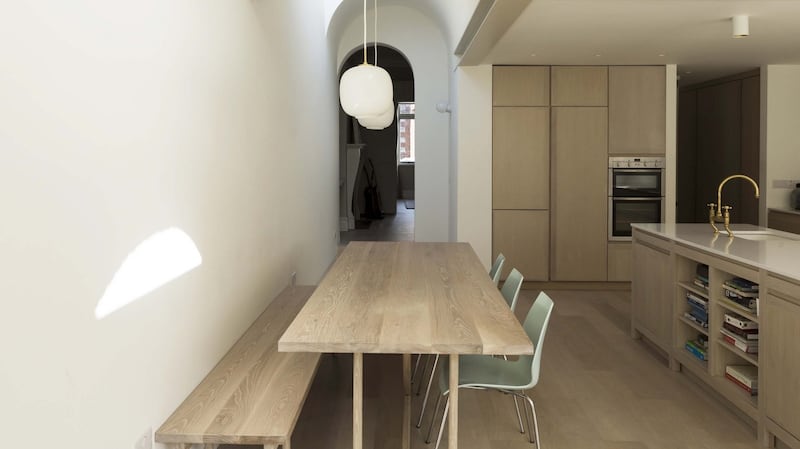
Both the client and the team of Chicago-educated architect Kennihan wanted to “instil a conversation” between the existing structure and a new space. With that, Kenilworth Park’s extension boasts a Miesian cross that bears a barrel vault along one edge, inviting light to “drip” down the walls. Architecture fans may recall the property, then a work in progress, from 2018’s RIAI Open House Trail.
Over in Marino Park in Dublin, owners had hoped to add an open-plan space to their modest mid-century terrace. The result is a striking, multi-functional place to live. Building on the existing character of the house with pebbledash and plaster banding, the extension unites the original living room with this new multi-function area.
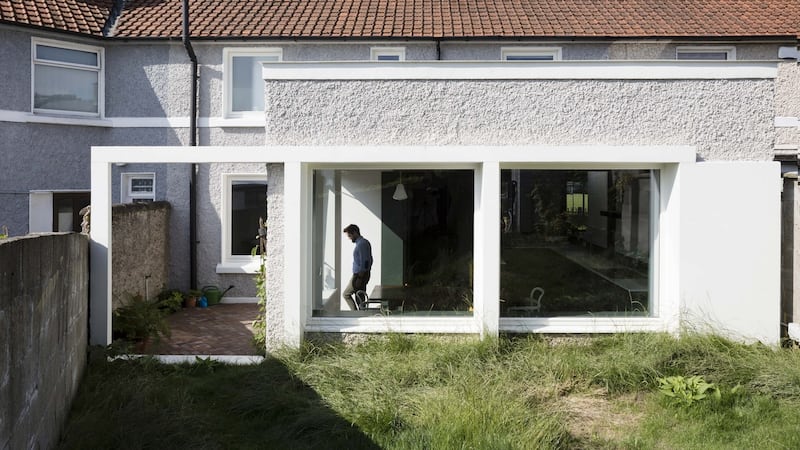
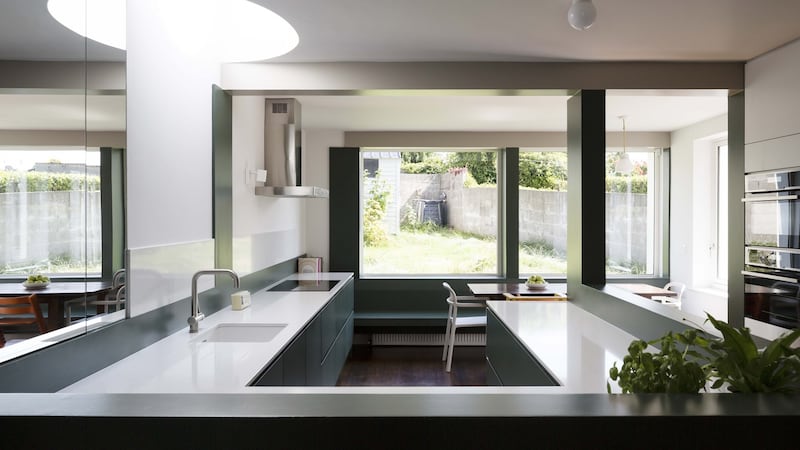
Kennihan’s architecture team has also created a portal to the garden. A well-placed mirror appears to double the space available within the house and enhance the light pouring through the central rooflight. Casement windows, architraves and a lick of statement paint have given this living space plenty of contemporary, unique appeal.
A2 Architects' Rear Return, one of the company's two shortlisted entries, is a substantial extension project made up of four stories. The Douglas fir-clad extension was added to the rear of a terraced Georgian house in Dublin, and even from the outside is a bit of a conversation starter. The modern extension provides not just a first-floor terrace, but also a future-proofed garden apartment for its owners.
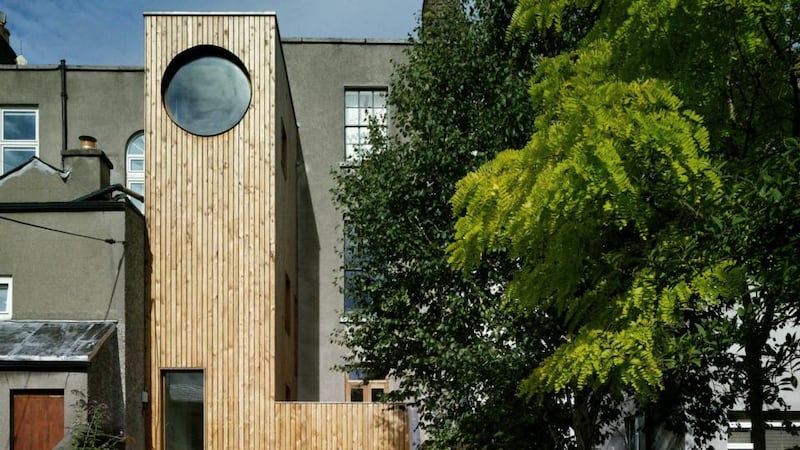
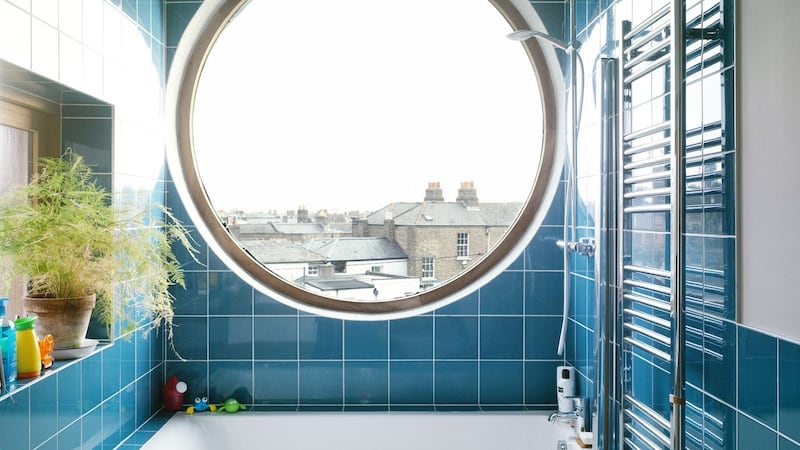
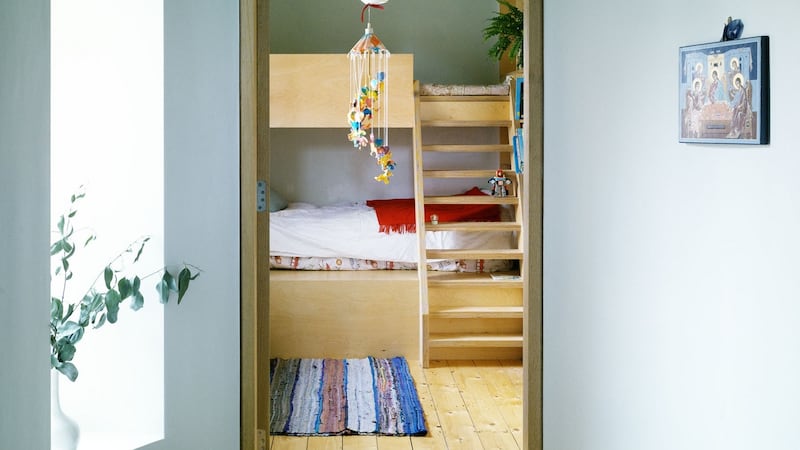
At ground level, a utility room to the main house and kitchen-dining space to the apartment has also been added. Elsewhere in the extension, A2 Architects’ team added an accessible toilet and external terrace to the main house. With the tower-like return, there is also an additional bedroom on the first floor. The second floor is also now home to a sizeable bathroom, with views over Dublin Bay. The overall effect is an extraordinary structure that blends well with the period property.
Over in Clontarf, Mount Prospect (designed by GKMP Architects) has reconfigured a semi-detached home for a young family. A courtyard and pear tree both provide a focal point for the projects.
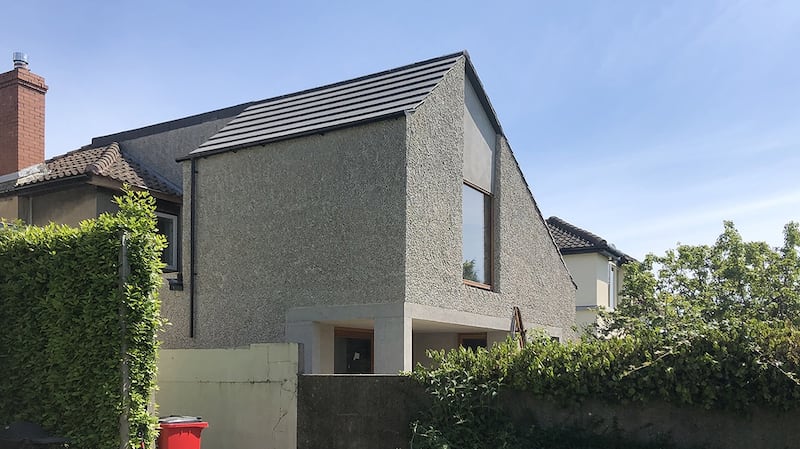
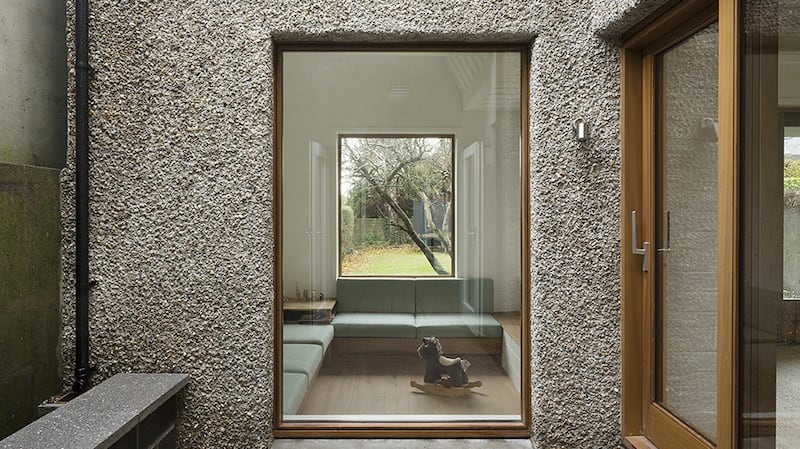
The look of the series of interior and exterior rooms has been achieved with stepped thresholds, ceiling variations, sliding and pivoting doors and material finishes. Inside, natural oak, exposed blockwork and white walls create a minimal effect. Outside, pebbledash, sandblasted concrete, iroko window frames and concrete roof tiles round off the look.
Inspiration
Even from these four properties alone, anyone in the market for a house extension should find plenty of inspiration. Rear Return proves that a multi-level return, spanning every floor of a four-storey Georgian structure, can provide an array of different living spaces. Much like in Marino Park, the clever use of a mirror and roof light can enhance an extension even more, creating the illusion of yet more light and space. And, as GKMP Architects have demonstrated, a focal point like a courtyard can provide a striking way to connect interior and exterior rooms.
Ultimately, each shortlisted project proves that even the most modest and commonplace existing structure, from a semi-detached house to a mid-century terrace, can benefit greatly, and even have a seamless merging with, a whole new contemporary and different space.
Online voting for the Public Choice Award is now open, and all of the projects are available to view on the RIAI website at riai.ie. Voting closes at midnight on Friday, 3rd July.
















